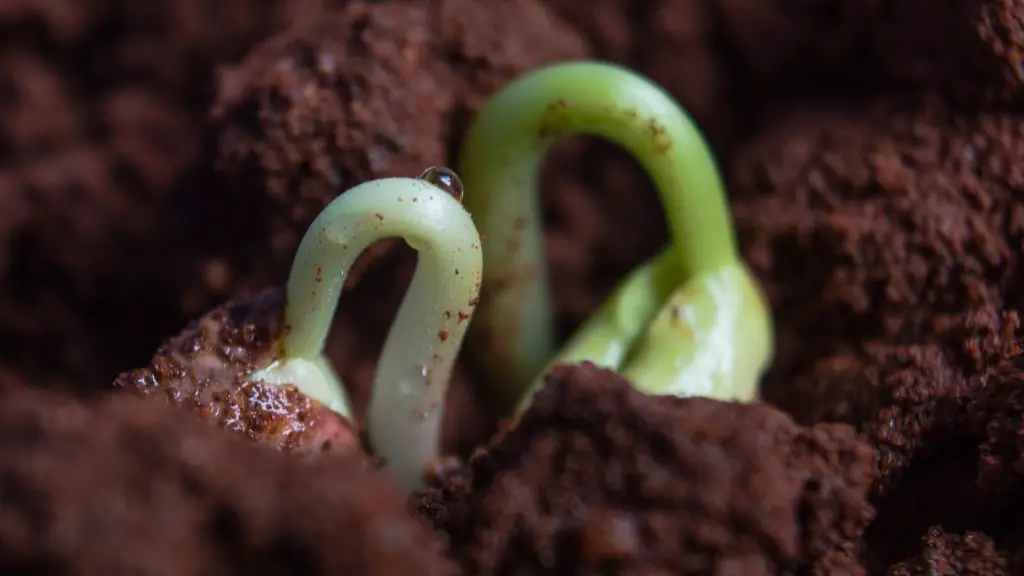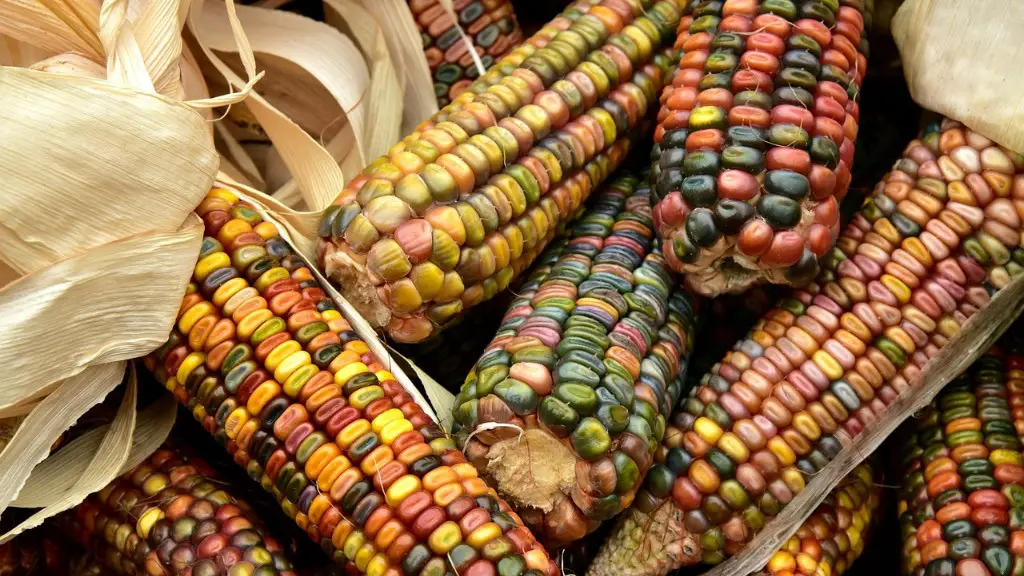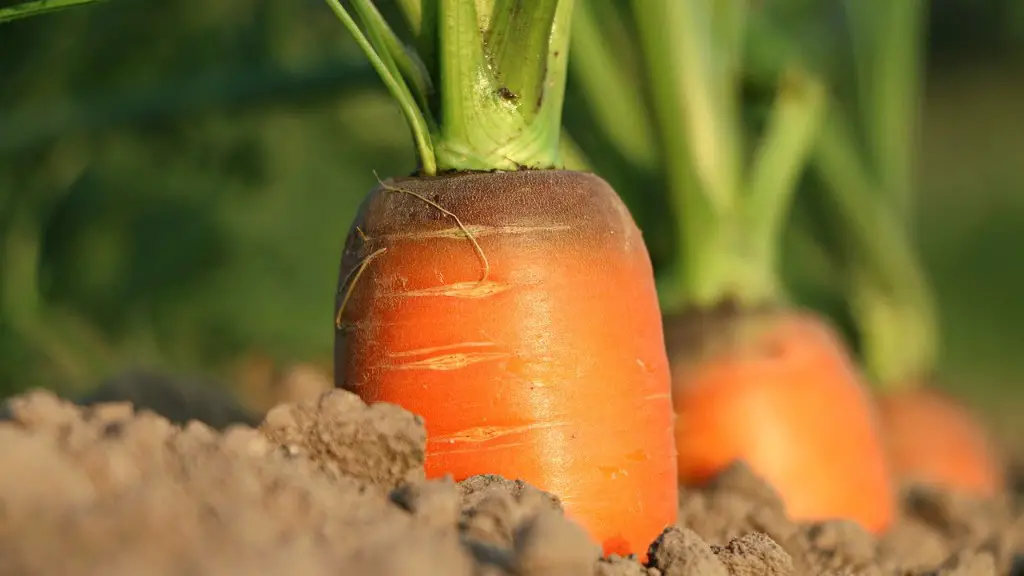The agricultural industry in the United States relies on a stable workforce of both documented and undocumented immigrants. In recent years, however, immigration policy and enforcement has become more strict, causing workers to fear coming to or staying in the U.S. This has led to a decline in the agricultural workforce, as well as an increase in the cost of agricultural production.
Immigration can affect agriculture in a few different ways. One way is that immigrants may be willing to do jobs in agriculture that Americans are not, such as working in fields or packing and processing plants. This can help to keep labor costs down, which can be beneficial for farmers. Additionally, immigrants may also bring new ideas and methods to agriculture, which can help to improve efficiency or yield. However, immigration can also have negative impacts on agriculture, such as if immigrants are taking jobs away from American citizens, or if they are not paying taxes on their earnings.
Why are immigrants important to agriculture?
In many states where agriculture is especially important, immigrants make up even larger shares of the farm workforce. In California, immigrants make up more than 80 percent of the state’s agricultural workforce. This is due to a number of factors, including the fact that many agricultural jobs are low-skilled and therefore relatively unattractive to native-born workers. In addition, the agricultural industry is often reliant on seasonal workers, which makes it difficult to find a consistent workforce. As a result, immigrants are often recruited to fill these jobs.
The meatpacking and farming industries aggressively recruit undocumented workers because they can be paid lower wages and provided fewer benefits. This results in lower costs for the companies through subpar working conditions.
How does labor shortage affect agriculture
The Impact of Labor Shortages on US Farmers
For many farmers, lack of access to quality farmhands is one of their primary challenges. Without the labor to harvest crops, their production potential is limited, and food waste is often created.
The agricultural industry is one of the most labor-intensive in the country, and farmers are struggling to find the workers they need. The problem is exacerbated by the fact that many potential workers are deterred by the low wages and difficult working conditions.
The impact of labor shortages on farmers can be significant. With fewer workers available, farmers must choose between leaving crops to rot in the field or working long hours themselves to get the job done. Neither option is ideal, and both can have a negative impact on the farmer’s bottom line.
In addition to the financial impact, labor shortages can also lead to increased stress and anxiety for farmers. Trying to manage a farm without enough workers can be a daunting task, and it can take a toll on a farmer’s mental and physical health.
The agricultural industry is facing a serious labor shortage, and it is having a negative impact on farmers across the country. Farmers are struggling to find workers, and many are being forced to work long hours themselves. The
It is estimated that immigrant farmworkers make up 73% of all agricultural workers in the United States. This is a significant portion of the agricultural workforce, and it is important to understand the contributions that these workers make to the industry.
Immigrant farmworkers often come from countries where agriculture is a significant part of the economy. As a result, they often have a lot of experience and expertise in the field. They can be a valuable asset to farmers in the United States, helping to increase production and improve efficiency.
However, immigrant farmworkers also face challenges. They may be unfamiliar with American culture and the English language, which can make it difficult to communicate with their employers and co-workers. They may also be undocumented, which can make them vulnerable to exploitation.
Despite the challenges, immigrant farmworkers play a vital role in the United States agriculture industry. They provide valuable skills and experience, and they help to keep American farms productive.
What are the main effects of immigration?
Migrants eventually induce social, economic, and political problems in receiving countries, including:
1) Increases in the population, with adverse effects on existing social institutions;
2) Increases in demand for goods and services;
3) Displacement of nationals from occupations in the countryside and in the cities;
4) Economic competition between migrant workers and nationals;
5) Social tensions and conflict between different ethnic and religious groups;
6) Political instability and radicalization.
Immigrants are often willing to take on jobs that are temporary or seasonal in nature, which can be a boon for employers in industries such as construction and agriculture. Recent immigrants tend to be more mobile than the native-born population, which can help to fill job openings in areas where there is high demand.
What industries are the most affected by immigration?
The arts, entertainment, and recreation industries have been hit hard by the pandemic, with 924,100 immigrant workers (-121%) and 3,422,300 workers in accommodation and food services (-218%). Accommodation and hotels have been particularly hard hit, with 801,600 workers (-313%). Food service and restaurants have also been significantly impacted, with 2,620,700 workers (-203%). Professional services have also been impacted, with 1,667,000 workers (-198%).
There is a lot of debate surrounding the issue of immigration and its effect on poverty. Some people argue that immigration increases poverty, while others argue that it does not have a significant effect.
There are two main ways that immigration can increase poverty. First, by increasing labor market competition, it can lower wages for native-born workers, forcing more of them into poverty. Second, the immigrants themselves are often poor. This is especially true if they are undocumented immigrants, who are not eligible for many government assistance programs.
It is important to remember that not all immigrants are poor. In fact, many immigrants come to the United States with skills and resources that they can use to improve their economic situation. Additionally, many immigrants start their own businesses, which can create jobs and help to reduce poverty.
Overall, the effect of immigration on poverty is complex. It depends on factors such as the skills of the immigrants, the economic conditions of the country, and the policies in place to help immigrants assimilate into the country.
How have immigrants impacted foods in the United States
Yes, American restaurants have a history of hybridization. This is because immigrants who came to America created new restaurants that were a mix of the food they were familiar with and the American food they were now exposed to. This created a unique fusion cuisine that was uniquely American.
The poor irrigation infrastructure in our country is one of the main reasons why farmers suffer during uncertain monsoons. Even if it rains, the lack of proper infrastructure means that farmers cannot make use of the water properly and as a result, their crops suffer. This year, with the pandemic causing a decline in economic activity, the situation is even worse.
The government needs to invest in improving the irrigation infrastructure in our country so that farmers can make use of the rains properly and protect their crops. This will go a long way in ensuring food security in our country.
What are at least 3 factors that affect farming agriculture?
There are a few environmental factors that play a role in the extent to which crop agriculture can be successful. The first is terrain. If an area is too mountainous or has too much potential for flooding, then it is likely not well suited for crops. The second factor is climate. Different crops prefer different temperature and rainfall conditions, so an area that is too hot or too cold, or that receives too much or too little rain, is not ideal for growing crops. The third factor is soil properties. Some crops prefer soils that are higher in clay content, while others prefer sandier soils. And finally, soil water is also a factor. If an area is prone to drought, then it is not ideal for crops that require a lot of water. It is the combination of these four factors that allow specific crops to be grown in certain areas.
There are several determinants of demand, which can be broadly categorized as either microeconomic or macroeconomic. The most important microeconomic determinants of demand are consumer tastes and preferences, the number of buyers in the market, and consumer income. The most important macroeconomic determinant of demand is the price of related goods, such as substitutes, complements, or independent (with no impact) goods. Consumer expectations of the future are also important, as they can influence current demand.
What is the largest immigrant group in the United States
It’s no surprise that Mexico is the top country of origin for immigrants in the United States. After all, the two countries share a border, and there is a large Mexican-American community in the U.S. However, it is worth noting that nearly one-third of all immigrants in the U.S. are from Mexico. This is a significant figure, and it underscores the importance of the Mexican-American community in the U.S.
Overwhelmingly, the farm worker labor pool is made up of immigrants. There are a number of factors that contribute to this, including economic instability, political unrest, population growth, land reform shortcomings, and scarce employment opportunities in farm workers’ countries of origin. These push factors result in farm workers seeking better conditions and opportunities elsewhere, often in the form of immigration.
What race are agricultural workers?
This statistic is interesting because it shows how the demographics of California’s farmworkers has changed over time. In the past, the majority of farmworkers were White. However, as the population of California has become more diverse, the farmworker population has shifted to reflect that change. Today, Latinos make up the vast majority of California’s farmworkers. This is significant because it highlights the importance of the agricultural industry to the state’s economy.
The available evidence does suggest that immigration has some positive effects on the economy, such as increasing innovation and productivity. However, there are also some negative effects, such as increased competition for jobs and lower wages for certain workers. Ultimately, the effects of immigration are complex and it is difficult to say definitively whether it is a good or bad thing for the economy.
Conclusion
There is no one answer to this question as immigration can affect agriculture in a variety of ways. For example, immigration can provide a ready source of labor for farms and other agricultural businesses. Additionally, immigrants may bring new knowledge and ideas about agriculture and farming practices, which can help to improve yields and output. On the other hand, immigration can also put pressure on existing resources, such as land and water, and can lead to competition for jobs in the agricultural sector. Ultimately, the effect of immigration on agriculture will depend on the specific circumstances and economic conditions in each location.
The agricultural sector is one of the most labor-intensive industries in the United States. With the current immigration crackdown, agriculture is facing a labor shortage. This is especially difficult for small farmers who rely on seasonal workers. While large farms may be able to mechanize some tasks, there are many tasks in agriculture that cannot be replaced by machines. This labor shortage will likely lead to higher food prices and a decline in the overall output of the agricultural sector.





